Full Moon Names
Across North America, various Native American tribes have long held a deep connection to the moon, integrating its phases and cycles into their cultures, stories, and traditions. This connection is evident in the extensive collection of moon names they assigned to each lunar cycle, each name carrying significant cultural meaning and reflecting their understanding of the natural world.
Seasonal Cues and Survival Strategies:
Many moon names directly correspond to the seasonal realities and challenges different tribes faced. For example, the February full moon, often coinciding with heavy snowfalls, earned the name “Snow Moon” among many tribes. This name served as a practical indicator of harsh winter conditions, but held deeper cultural significance. The Algonquin people called it the “Bone Moon,” highlighting the winter’s starkness with its bare trees. Similarly, the Cherokee named it the “Fasting Moon,” acknowledging the difficulty of procuring food during this period.
Animal Recognition and Resource Management:
Other moon names honored animals crucial to tribal life and subsistence. The July full moon, when fish were plentiful, was named “Sturgeon Moon” by many tribes. For the Cherokee, it was the “Blackberry Moon,” signifying the ripening of these important berries. The August full moon, coinciding with salmon migration, was called the “Salmon Moon” in the Pacific Northwest, while the Cherokee referred to it as the “Green Corn Moon” as their corn crops matured.
Celebrating Growth and Natural Cycles:
Moon names also celebrated moments of change and growth in the natural world. The April full moon, witnessing the emergence of spring flowers, was named the “Pink Moon” by many tribes. The Cherokee called it the “Flowering Moon,” while the Choctaw referred to it as the “Corn Planting Moon,” reflecting the agricultural activities of the season.
Diversity and Uniqueness:
It’s crucial to remember that the vast diversity of Native American cultures is reflected in their moon names as well. While some names were shared across regions, many tribes had unique names specific to their location, traditions, and beliefs. This collection of names reveals a profound understanding of the natural world and its interconnectedness with human life.
Importance of Respectful Research:
As we explore these names, it’s vital to recognize the ongoing struggles and resilience of Native American communities. Approaching these cultural expressions with respect and accurate information can foster learning and appreciation for the rich traditions and knowledge they hold.
Below is a listing of the full moon names for each month of the year and some bonus full moon names.
January: The Wolf Moon
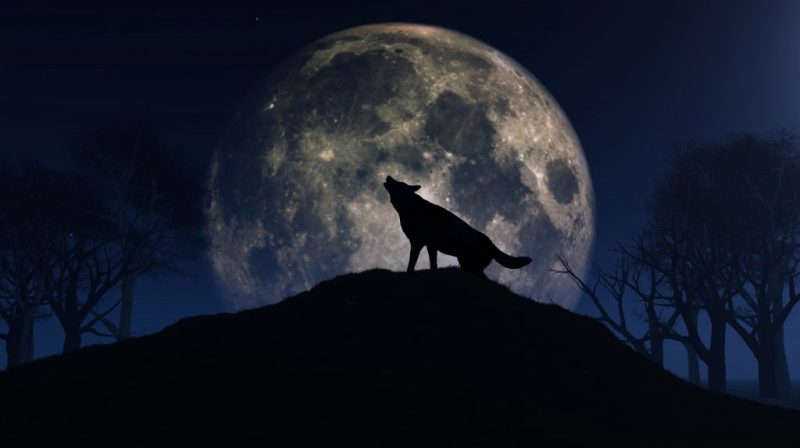
The full moon of January is called the Wolf Moon because of the hungry wolf packs that howled outside Native American camps.
Some Native American tribes called this moon the snow moon because of the increasing frequency of snowfall.
Some Algonquin tribes called it the “Frost Exploding Moon” or the “Hard Moon,” referencing the harsh winter conditions.
The Cree people named it the “Moon After Yule” or the “Spirit Moon,” acknowledging the new year and spiritual significance.
The Ojibwe named the January full moon the “Mnido Giizis,” which translates to “Spirit Moon.”
February: The Snow Moon:
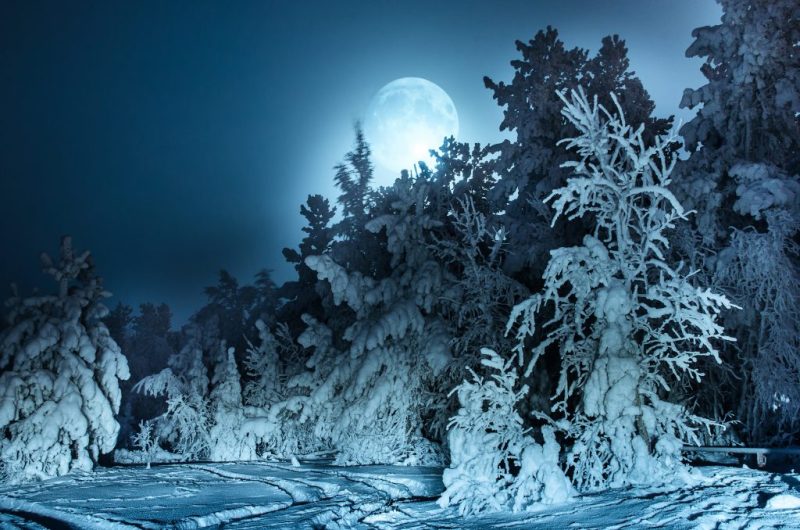
Many American Indian tribes named February’s full moon the “Snow Moon” due to the frequent snowfalls this month. They also called it the “Hunger Moon,” reflecting the challenges of hunting and gathering food under deep snow.
The Namebini Indians named it “giizis”, meaning “Eagle Moon” or “When the Bear Cubs are Born Moon.”
The Cherokee Indians named it the “Kagali” moon, meaning “Hungry Month.”
The Cree Indians named it the Mikisi-giizis or the “Great Spirit Moon.”
The Catawba Indians call it the “Ice Moon” and the “First Flower Moon”
March: The Worm Moon:
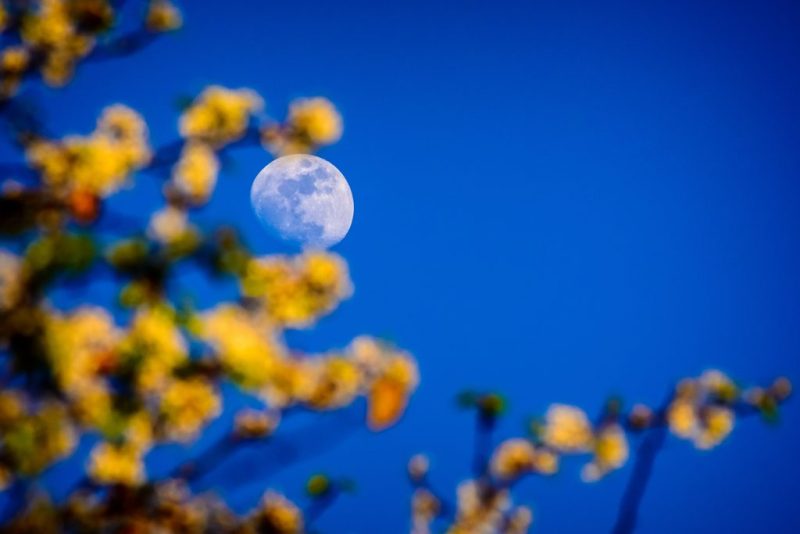
With increasing temperatures warming the earth, the earthworms begin to move about the surface, signaling the end of winter and the beginning of spring. The Worm Moon represented the time to plant crops for some tribes and the return of plentiful hunting and gathering for all.
The Cherokee Indians called it the “Sugar Making Moon,” signifying the time for tapping maple trees for sap. The Catawba called it the “Wind Moon,” while the Inupiat tribe called it the “Spring Moon.”
April: The Pink Moon:
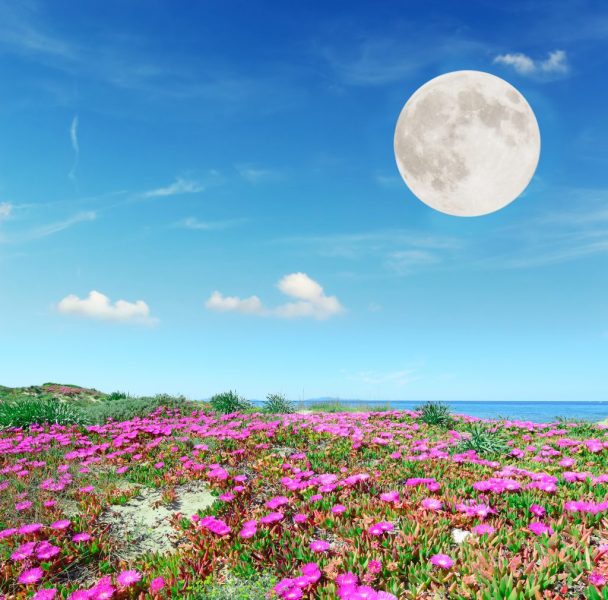
With spring well underway, the early flowering of creeping ground phlox is now showing its shades of pink during April. These flowers were well known by the Native Americans and were indigenous to most of the eastern and central United States. Other moon names include The Full Fish Moon, The Sprouting Grass Moon, and The Egg Moon. By any name, spring has risen, and the earth is bustling with life.
May: The Flower Moon:
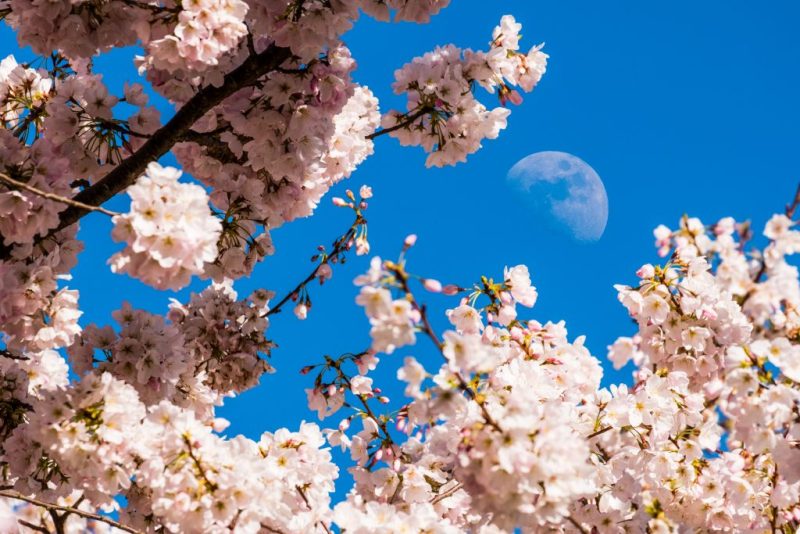
The Native Americans describe the full moon of May as the Full Flower Moon due to the abundance of flowers and flowering trees and shrubs. This moon is also known as the Corn Moon, as this was also when Native Americans planted their maize seeds.
The Catawba tribe referred to this moon as the “Snake Moon,” giving hints to the increasing activities of snakes. The Inupiat tribe called this moon the “Summer Moon,” which reflects the arrival of the warmer season.
June: The Strawberry Moon

June was the month when the Native Americans harvested the ripened strawberries. In Europe, the full moon of June is known as the Full Rose Moon. This is the time when strawberries come into full bloom. As June is the time when the summer heat begins, other cultures have dubbed this moon the Full Hot Moon.
Other names given to this moon by native Americans were the Milk Moon, the Rose Moon, The Green Corn Moon, and the Hot Moon.
July: The Buck Moon
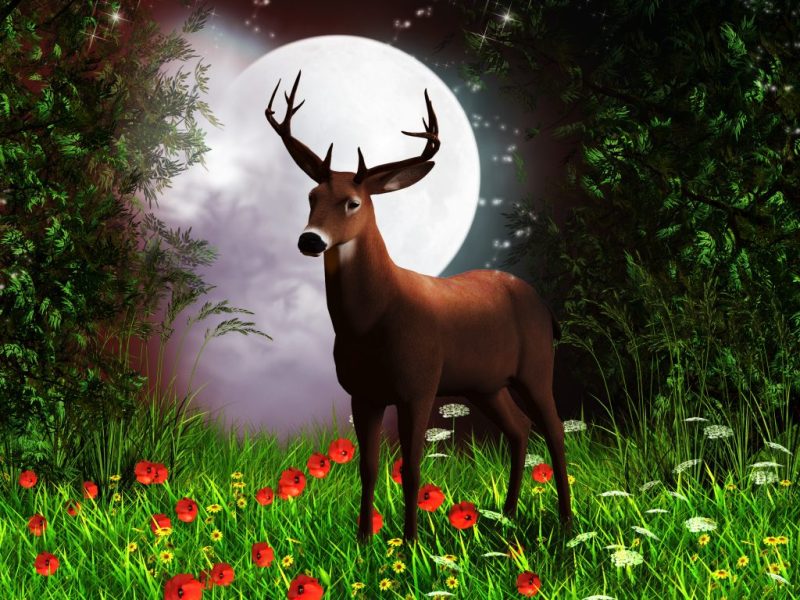
The Native Americans named the July full moon after the season when the male buck deer begin to sprout their antlers. This full moon is also known as the Full Thunder Moon, which occurs when supercell storms start to form across the plains. It is also known as the Blackberry Moon, Full Hay Moon, Raspberry Moon, Salmon Moon, Honey Moon, and the Green Corn Moon by different Native American tribes.
August: The Sturgeon Moon

The full moon in August was named by Native American tribes who lived near the Great Lakes, where Sturgeon fish were at peak weight during the month. Other names for this full moon are the Green Corn Moon, Blackberry Moon, Salmon Moon, Fruit Moon, and Grain Moon. Some tribes describe this full moon as the Full Red Moon because of its reddish appearance on the horizon.
September: The Harvest Moon
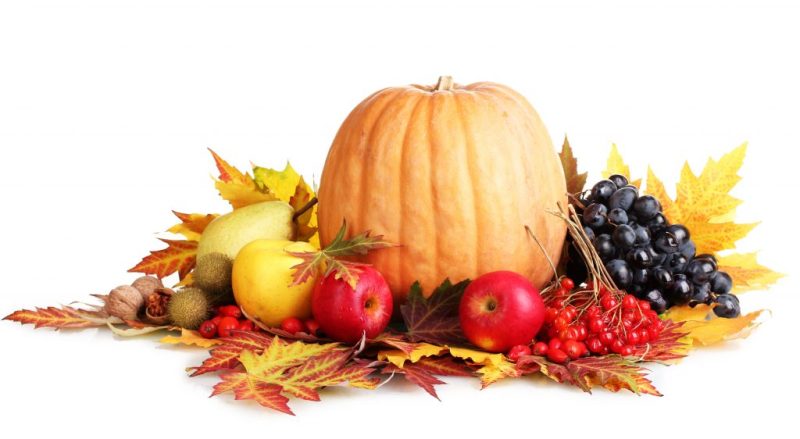
The full moon of September was named after the season of harvesting the plants cared for during the spring and summer. It’s also known as the Corn Moon, as this is when the Native Americans harvested their corn stalks. Other names include the Wind Moon, and the Falling Leaves Moon.
October: The Hunter’s Moon
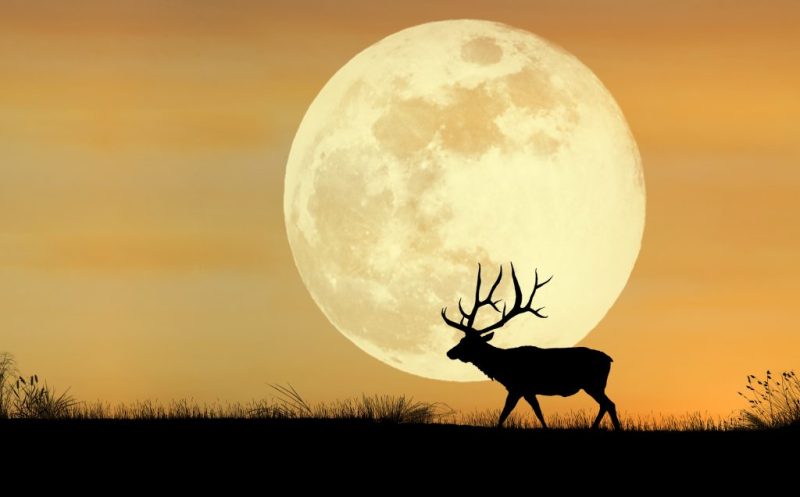
After the leaves have fallen and while the landscape becomes bare from the cold, the fattened animals of summer are in clear view for the Native American hunters. October’s full moon tributes those preparing for the rough winter months ahead. This full moon is also known as the Full Travel Moon and the Full Dying Grass Moon.
November: The Beaver Moon
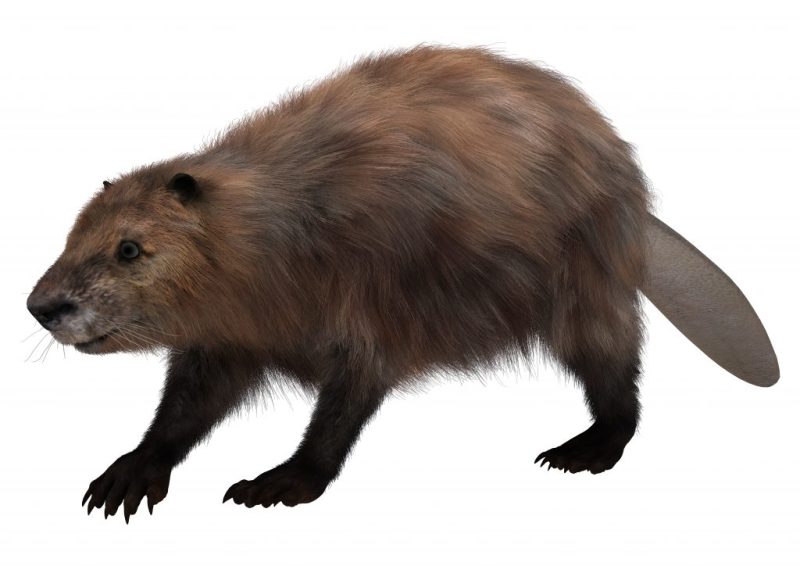
The Full Beaver Moon is named after the busy activity of the beavers building their winter homes. It was also the last time of the year that the hunters could set their beaver traps before the waters froze. Another name for the full moon in October is the Full Frost Moon.
December: The Cold Moon
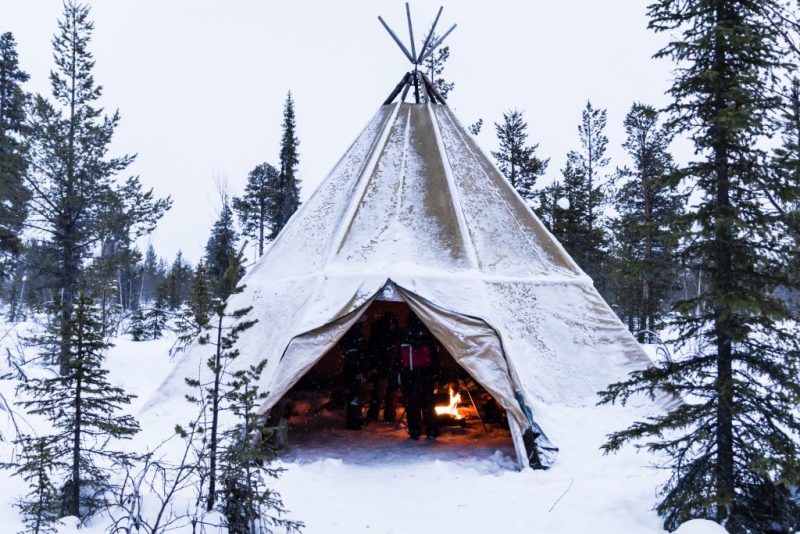
As winter sets in, the cold encompasses the Native American camps. The tribes must make final preparations to survive the long winters. The full moon of December is called the Full Cold Moon. It is named after the dropping temperatures. The full moon of December is also known as the Full Long Night Moon and the Full Oak Moon.
The Blue Moon:
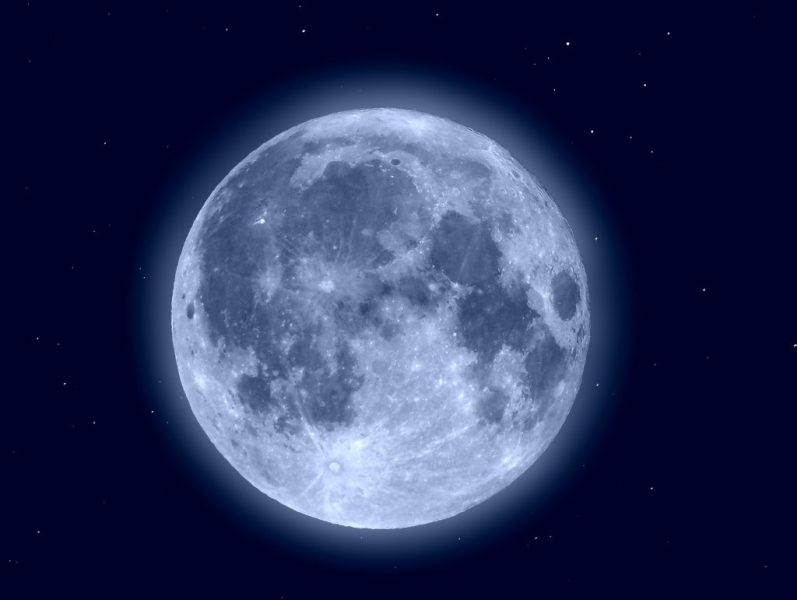
Every 2.5 years, there is an extra full moon during the calendar year due to the difference in orbit speeds of the moon and Earth. When this moon appears, it is referred to as the Full Blue Moon by those in the field of astronomy.
It is perhaps more common for the 2nd full month of a calendar month to also be called a Blue Moon. This second definition has been widely accepted due to a misinterpretation of the meaning by an author of a 1946 magazine article in ‘Sky and Telescope.’ This article was discussed on a popular radio program ‘StarDate’ in 1980, leading to today’s common interpretation of the 2nd full moon in a month as a Blue Moon.
The Blood Moon
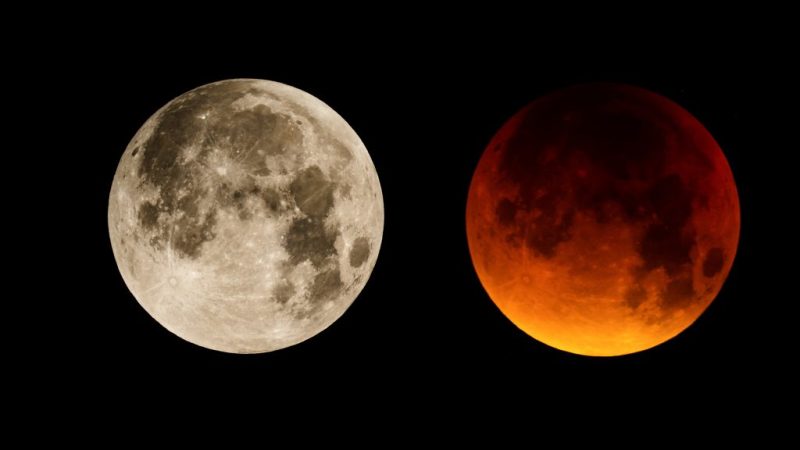
This name refers to a full moon during an eclipse where the moon receives a reddish hue from the refracted sun rays. This reddish hue comes from the scattering of sunlight through Earth’s atmosphere, similar to how sunsets appear red. This is most visible when viewing from a telescope.
The Supermoon
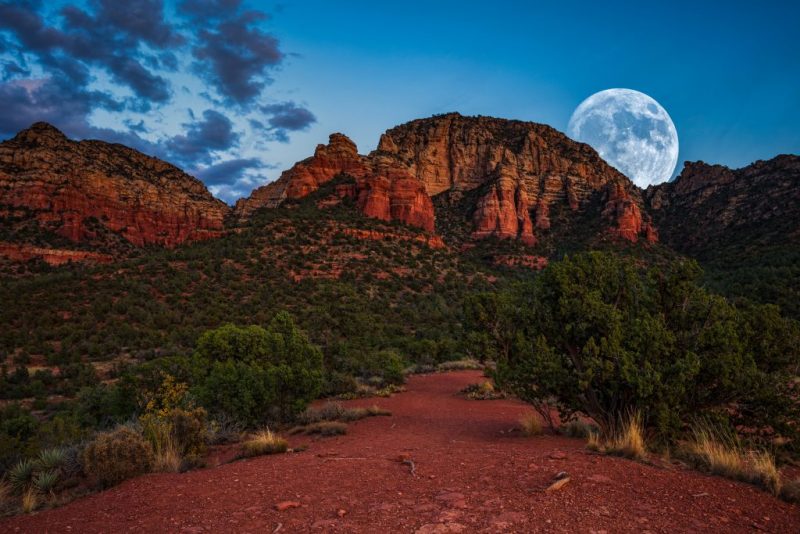
The supermoon occurs when the moon is closest to the Earth, also known as its perigee. When this happens, the moon appears larger than when it is at a further point away.
The term “supermoon” is not an official astronomical term, but it has become popular in recent years. There is no precise definition of what constitutes a supermoon, but most definitions agree that it must occur when the Moon is within 90% of its closest approach to Earth. This means several supermoons can occur in a year, and they do not always occur in consecutive months.
In contrast to the “supermoon,” there is the “micro moon,” which occurs when the moon is the furthest away and appears at its smallest.
Combination Moons
It is possible to have a combination of moons where two or more events occur during the same period. For example, if you have a full moon and the moon is at the closest point to Earth, and the moon is a Blue Moon, and there is a total lunar eclipse, the moon will be called The Full Super Blue Blood Moon. This moon occurred in January 2018; the next Full Super Blue Blood Moon will be in 2037.


